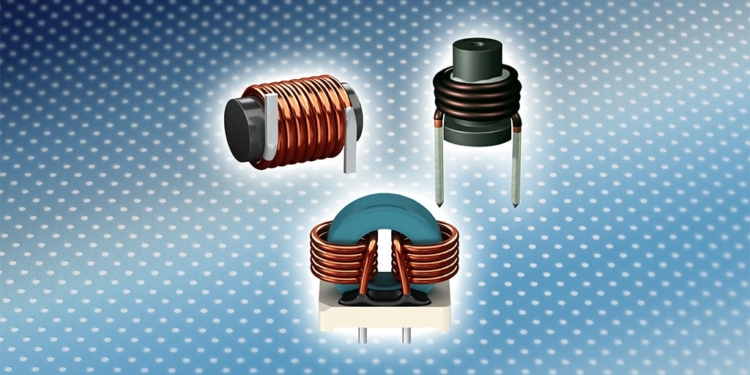source: TDK news
TDK Corporation has extended its range of EPCOS power line chokes to include six new types. The new components are available in three different core shapes with different rated currents and inductance values, delivering great design flexibility.
The B82116B* rod core chokes cover rated currents of 10 A, 21 A and 25 A and offer inductance values of 1.8 μH, 3.3 μH and 3.4 μH. Both B82116S* mushroom core chokes feature a current capability of 25 A and are available with inductances of 2.9 μH and 3.1 μH. The new range is completed with a ring core choke (B82622S*) with two windings, which is designed for a current of 30 A and has an inductance of 2.1 μH.
Depending on the type, the maximum permissible operating temperatures are between 85 °C and 140 °C. The RoHS-compatible chokes use class 200 insulated wire and are UL-listed in accordance with EN 60317-13. All components are qualified to AEC-Q200.
The main applications for the new chokes include industrial and automotive motors and motor controllers.
Main applications
- Industrial and automotive motors and motor controllers
Main features and benefits
- Great design flexibility thanks to three core shapes: rod, mushroom and ring core
- High current capability of between 10 A and 30 A
- RoHS-compatible
- Qualified to AEC-Q200






























